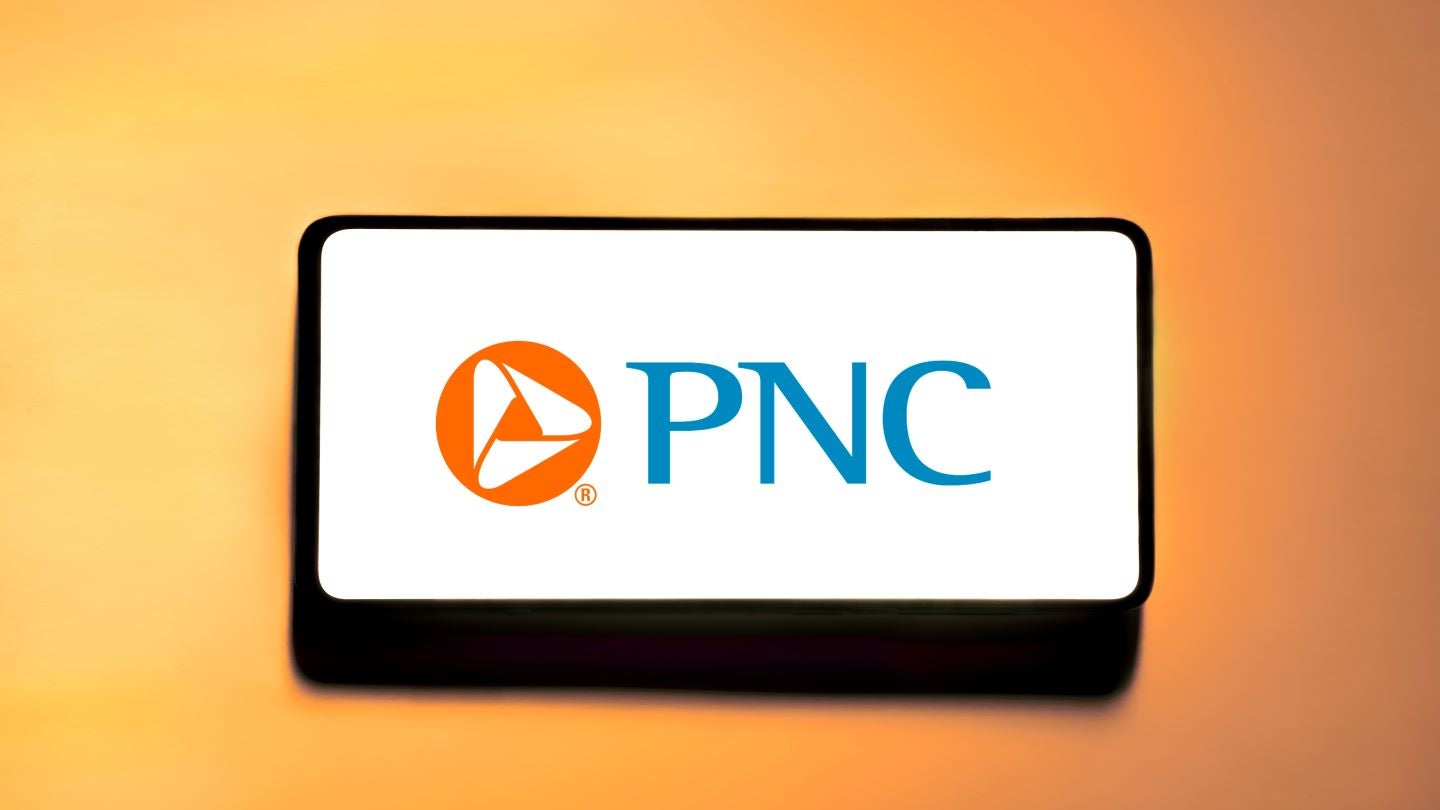Retirement planning is a crucial aspect of financial management that ensures you can enjoy your golden years without financial stress. By implementing key strategies early, you can build a secure financial future and achieve your retirement goals. This comprehensive guide covers essential strategies for financial planning for retirement, helping you create a roadmap to financial security.
Start Saving Early
The earlier you start saving for retirement, the more time your money has to grow through compound interest. Starting early can significantly increase your retirement savings with relatively smaller contributions.
Key Actions:
– Open a Retirement Account: Consider opening a 401(k), IRA, or Roth IRA.
– Automate Contributions: Set up automatic transfers to your retirement accounts to ensure consistent saving.
– Increase Contributions Over Time: As your income grows, increase your contribution percentage.
Understand Your Retirement Needs
Estimate how much money you will need for a comfortable retirement. Consider factors such as your desired lifestyle, healthcare costs, and inflation.
Key Actions:
– Calculate Expenses: List expected monthly and annual expenses in retirement.
– Adjust for Inflation: Use an average inflation rate to estimate future costs.
– Include Healthcare: Account for healthcare expenses, which tend to increase with age.
Maximise Employer Benefits
Take full advantage of retirement benefits offered by your employer, such as matching contributions to your 401(k) plan.
Key Actions:
– Contribute to Your 401(k): Contribute at least enough to receive the full employer match.
– Understand Vesting Schedules: Know when you become fully vested in your employer’s contributions.
– Explore Additional Benefits: Look for other retirement benefits like pension plans or stock options.
Diversify Your Investment Portfolio
A diversified portfolio can help manage risk and improve returns. Spread your investments across different asset classes such as stocks, bonds, and real estate.
Key Actions:
– Asset Allocation: Allocate your investments based on your risk tolerance and time horizon.
– Regular Rebalancing: Periodically adjust your portfolio to maintain your desired asset allocation.
– Consider Low-Cost Index Funds: These funds provide broad market exposure with lower fees.
Plan for Taxes
Understanding the tax implications of your retirement savings and withdrawals can help you maximise your income in retirement.
Key Actions:
– Use Tax-Advantaged Accounts: Contribute to accounts like 401(k)s and IRAs for potential tax benefits.
– Understand RMDs (Required Minimum Distributions): Know when you need to start taking withdrawals and plan accordingly.
– Diversify Tax Strategies: Consider a mix of taxable, tax-deferred, and tax-free accounts.

Reduce Debt Before Retirement
Entering retirement with minimal debt can reduce financial stress and free up more money for your retirement needs.
Key Actions:
– Pay Off High-Interest Debt: Focus on paying down credit cards and other high-interest loans.
– Consider Refinancing: Refinance your mortgage or other loans to lower interest rates and monthly payments.
– Avoid New Debt: Be cautious about taking on new debt as you approach retirement.
Create a Retirement Budget
A detailed budget helps you manage your expenses and ensures your retirement savings last.
Key Actions:
– Track Spending: Monitor your spending to understand your financial habits.
– Adjust for Lifestyle Changes: Anticipate changes in spending patterns, such as increased travel or medical expenses.
– Include Emergency Savings: Maintain a cushion for unexpected expenses.
Consider Part-Time Work
Working part-time in retirement can supplement your income, provide health benefits, and keep you engaged.
Key Actions:
– Explore Flexible Jobs: Look for opportunities that match your skills and interests.
– Evaluate Benefits: Consider jobs that offer health insurance or other benefits.
– Balance Work and Leisure: Ensure part-time work doesn’t interfere with your retirement enjoyment.
Plan for Healthcare Costs
Healthcare is a significant expense in retirement. Plan for these costs to avoid depleting your savings.
Key Actions:
– Understand Medicare: Learn about Medicare coverage options and costs.
– Consider Long-Term Care Insurance: Evaluate if long-term care insurance is right for you.
– Save in an HSA (Health Savings Account): If eligible, use an HSA for tax-advantaged savings for medical expenses.
Regularly Review and Adjust Your Plan
Your financial situation and goals may change over time. Regularly reviewing and adjusting your retirement plan ensures it remains aligned with your needs.
Key Actions:
– Annual Reviews: Conduct a comprehensive review of your retirement plan at least once a year.
– Adjust for Life Changes: Update your plan to reflect major life events like marriage, divorce, or inheritance.
– Consult a Financial Advisor: Seek professional advice to optimise your retirement strategy.
Conclusion
Effective financial planning for retirement is essential for ensuring a secure and comfortable future. By starting early, maximising employer benefits, diversifying your investments, planning for taxes, reducing debt, and regularly reviewing your plan, you can build a robust retirement strategy. These key strategies provide a foundation for financial security, allowing you to enjoy your retirement years with peace of mind.
Remember, the journey to a secure retirement is a marathon, not a sprint. Stay disciplined, proactive, and informed to make the most of your retirement savings and achieve your financial goals.






